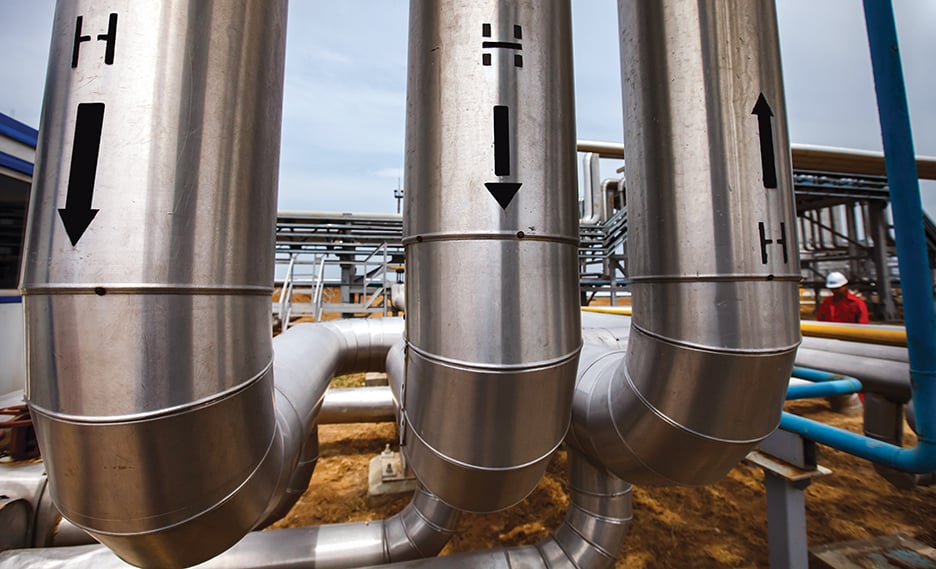In this article published in Utility Dive, CRA’s Drake Hernandez and MIT Energy Initiative’s Emre Gençer discuss the regulatory groundwork needed to enable the development of interstate hydrogen infrastructure in the United States.
Markets for traditional energy commodities along with associated transmission infrastructure and regulatory structures have developed over the past century and a half in the United States. Hydrogen, on the other hand, has historically been used as a feedstock for industrial processes. Consequently, the market for hydrogen has been dominated by bilateral contracting structures which tie hydrogen production assets to consumption sites.
If the United States turns to hydrogen at scale to enable deep decarbonization of the economy, transmission infrastructure may need to be built and it could be in the public interest to regulate this hydrogen transmission infrastructure similar to infrastructure that moves other energy commodities. Rather than wait for this infrastructure to develop organically, the federal government should consider taking steps in advance to minimize regulatory risk for hydrogen infrastructure projects by providing clear regulatory treatment of said infrastructure.



